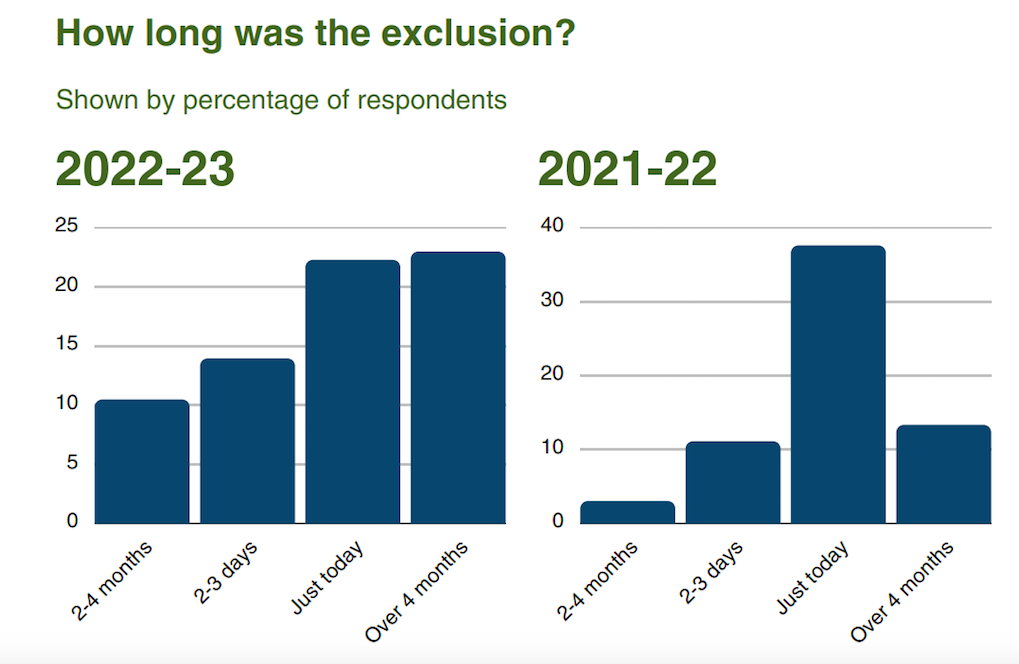This week’s seminar regarding technology’s role in promoting inclusive practices in education really hit home for me. As an older sibling to a brother with disabilities, it broke my heart to see the education system fail him time and time again, which is why hearing about the change that speakers Tracey Humphries and Kaori Lau are advocating for gave me hope. Making an impact in the lives of kids like my brother is the reason I became a teacher, so I took what was said in today’s seminar to heart.
I found the opening activity with the sticky notes to be a really powerful means for demonstrating how the education system is inherently ableist and excludes certain people. It became easy to see how pervasive exclusion is in everyday life, reminding those not personally touched by the subject how important an issue it is.
I found the point about incorporating tech in classrooms and providing it for all learners to be really important. The reason being, if only some students like those with disabilities have access, it further ostracizes them. This happened to my brother in grade 5 when he was allowed to bring a laptop into classes to type instead of write. What followed was him being teased and called weird for being different from everyone else. Technology should be used to build an inclusive environment, not have the opposite effect, which is why such considerations like providing access for all should be taken seriously. After all, inclusion isn’t about making accommodations, but instead creating spaces where everyone can grow and thrive.
When it comes to tech resistant teachers and the question of devices in the class, it is important to remember the difference between equal treatment and equitable treatment. Equal treatment refers to treating everyone the same, and equitable treatment means everyone is given what they need to be granted the same opportunities for success. So equitable treatment might look very different across different people. Therefore, in a world where students have diverse needs, we need to remain open minded and provide each student with the unique tools they need to reach their learning goals.
After leaving class and further reflecting on the impact exclusion in the education system had on my brother and the rest of our family, I took it upon myself to explore the BCEdAccess Society’s website. I was impressed by their exclusion tracker tool where parents/guardians and even students can report instances of educational exclusion. The published reports which document the findings acquired thanks to the exclusion tracker were insightful, demonstrating the need for change. By comparing findings from the 2021-22 report and the 2022-23 one, the urgency of this need becomes all the more evident. The graph shown below demonstrates the urgency, as the duration of exclusion suffered by students drastically increased between the two reports. Thinking back to how my brother switched schools due to his persistent exclusion, these numbers really alarmed me because not everyone has the opportunity to escape a bad situation… This is why change needs to be ushered in at a systemic level. Thanks to technological tools like the exclusion tracker, we can continue to keep a close eye on the state of things and use them to promote positive policy change.

From: BCEdAccess Society. (2023, September). Exclusion Tracker Report 2022-23. https://bcedaccess.com/exclusion-tracker/
Sorry, but comments are not enabled on this site.